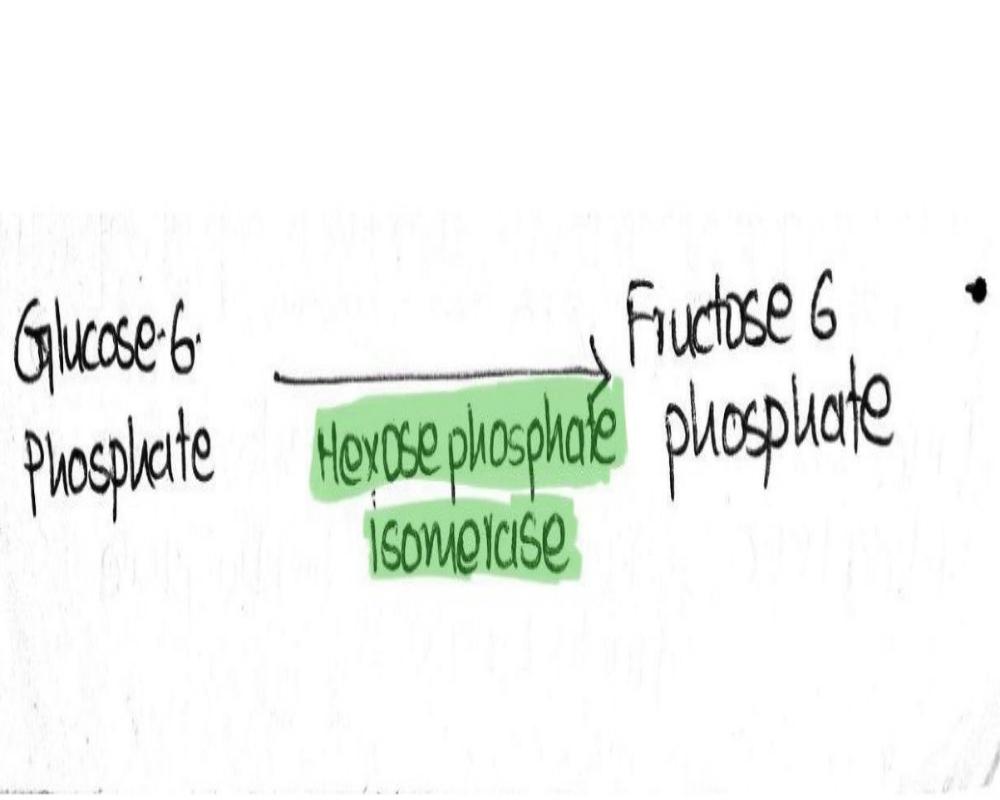Third Step- Phosphorylation Of Fructose 6 Phosphate
Fructose 6-phosphate on reaction with another ATP results in the formation of fructose 1,6-bisphosphate.
This reaction is under the control of phosphofructokinase, which is also the pacemaker of this reaction.
At a time, this reaction proceeds in any one direction only. Therefore, called irreversible reaction.
9
55 reads
CURATED FROM
IDEAS CURATED BY
Important for studies.
“
Similar ideas to Third Step- Phosphorylation Of Fructose 6 Phosphate
Second Step - Isomerization Of Glucose-6-phosphate (G-6-P)
Once glucose is converted into glucose 6-phosphate, it is then isomerized into fructose 6-phosphate. The basic reason behind this conversion is that the addition of one more phosphate into glucose is not possible, due to its cyclic structure. Where only one carbon atom is present outside of the r...
10. Formation of PYRUVATE
The phosphoenolpyruvate obtained is now under the activity of enzyme pyruvatekinase and is converted into pyruvic acid along with the formation of an ATP as a premium-product.
- The highly energetic phosphate bond of PEPA is transferred to the ADP molecule and results in ATP formation.
5. DiHydroxyAcetonePhosphate Isomerization to PGAL.
Dihydroxyacetone phosphate, which was formed along with the formation of phosphoglyceraldehyde during the breaking of fructose 1,6-bisphosphate. Both of these triose sugars are capable of isomerizing into either forms, and hence DHAP gets isomerized into G3P. This reaction activity is under the c...
Read & Learn
20x Faster
without
deepstash
with
deepstash
with
deepstash
Personalized microlearning
—
100+ Learning Journeys
—
Access to 200,000+ ideas
—
Access to the mobile app
—
Unlimited idea saving
—
—
Unlimited history
—
—
Unlimited listening to ideas
—
—
Downloading & offline access
—
—
Supercharge your mind with one idea per day
Enter your email and spend 1 minute every day to learn something new.
I agree to receive email updates



